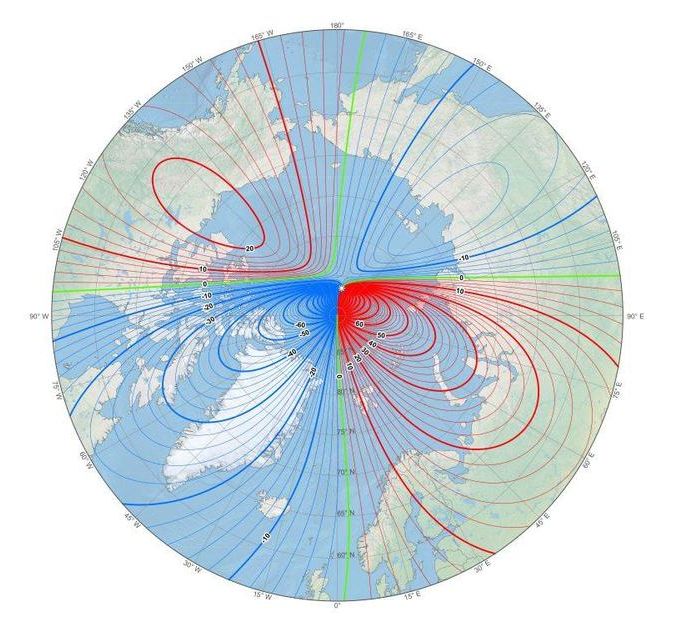Facebook has created a new tool that allows users to transfer photos straight into Google Photos. It will be available today in Ireland, and Facebook is rolling out this new feature to the rest of the world in the first half of 2020.




How fast does your phone charge? And how fast do you want your future smartphone to charge? At the moment, one of the fastest charging technologies has been presented by Xiaomi. Its 100W charging seems to be from another planet. But the smartphone makers are working hard to overcome this technology. Actually, this has its own reasons. We mean, still, there is no technology allowing the manufacturers to bring more power to the same capacity battery. So as the use applications are getting wider, the companies have to solve the power shortage problem. Seems, new technology has been already developed. And if nothing accidental happens, it will appear on future phones quite soon.

How do human beings perceive their environment and take their decisions? To successfully interact with the immediate environment, for human beings it is not enough to have basic evidence of the world around them. This information by itself is insufficient because it is inherently ambiguous and requires integrating into a particular context to minimize the uncertainty of sensory perception. But, at the same time, the context is ambiguous. For example, am I in a safe or a dange…
According to a study published on Nov. 28 in Nature Communications by Philipp Schustek, Alexandre Hyafil and Rubén Moreno-Bote, researchers at the Center for Brain and Cognition of the Department of Information and Communication Technologies.
Universitat Pompeu Fabra — Barcelona


For his project Marmalade Type, Russian visual artist Rus Khasanov created colorful typography using his camera. The colors seen are due to interference patterns — not a single drop of paint was used in the project.

For a previous project titled Disctortion, Khasanov took CDs and DVDs and destroyed them in various ways (e.g. freezing, tearing, coating, bending). His goal was to see the way the colors and textures react to his alterations.


Earth’s magnetic North Pole has drifted so fast that authorities have had to officially redefine the location of the magnetic North Pole. The extreme wandering of the North Pole caused increasing concerns over navigation, especially in high latitudes.
Earth’s magnetic field is known to have wandered and flipped in the geologic past. Earth’s magnetic field is a result of spinning molten iron and nickel 1,800 miles below the surface. As the constant flow of molten metals in the outer core changes over time, it alters the external magnetic field.
What we’ve seen in the past hundred years is that the location of the magnetic North Pole has moved northward. That migration of the magnetic North Pole was switched into overdrive in the past few years, causing the pole to rapidly move. The increased speed with which the magnetic North Pole has moved prompted authorities to officially update its location. The official location of the magnetic poles is specified by the World Magnetic Model, which acts as the basis for navigation, communication, GPS, etc. around the globe.

